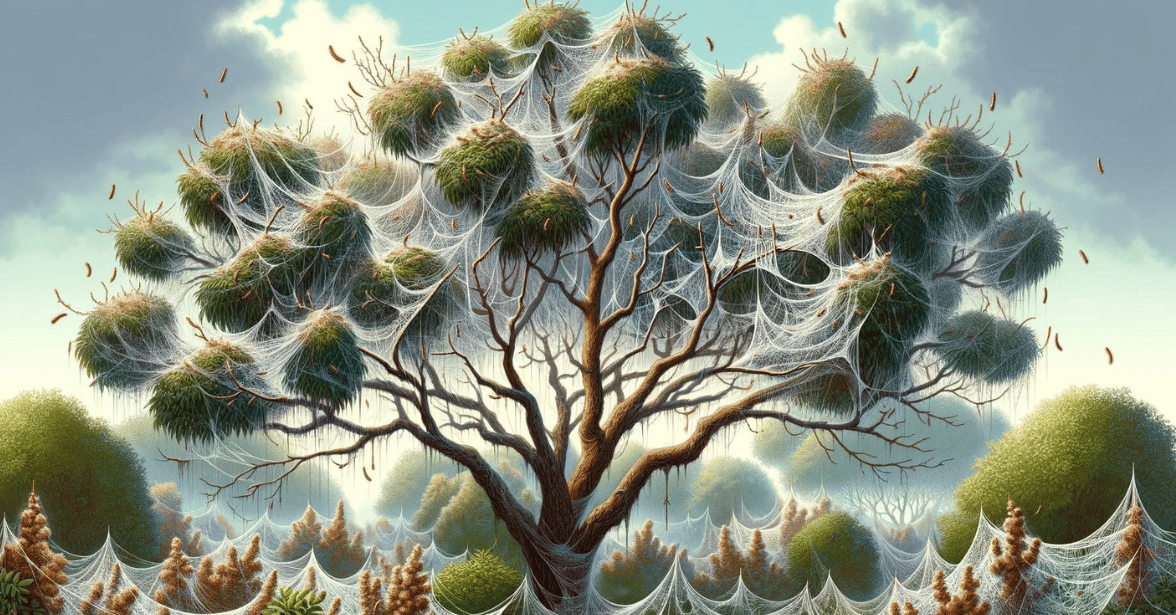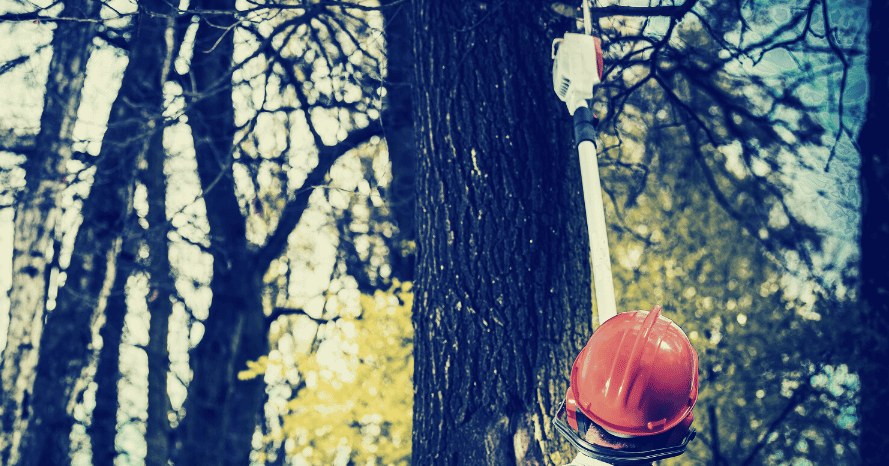If you've noticed rust-colored spots on your plant's leaves, you're not alone. Many homeowners experience this issue, especially during certain seasons. These spots are usually a sign of a fungal disease known as leaf rust. It's common in gardens and landscapes, affecting both ornamental plants and crops.
Leaf rust is caused by a type of fungus called Puccinia. This fungus can spread quickly if not treated. The good news is that leaf rust usually won't kill your plants. However, it can make them weaker, affecting their ability to grow and produce healthy foliage. Let’s break down what causes rust spots on leaves, how to identify the problem, and what you can do to fix it.
What Are Rust Spots?
Rust spots appear as small, orange, yellow, or brown marks on the surface of leaves. These spots look like rust, which is how the disease got its name. Over time, the spots may grow larger or merge together, making your plant look sick.
You might also see streaks or spots on the underside of leaves. In some cases, rust spots may even appear on the stems or branches of your plants.
What Causes Rust Spots?
Rust spots are caused by fungal spores. The Puccinia fungus spreads through wind, rain, or even by touching infected plants. Wet, humid conditions make the fungus's growth and spread easier. This is why rust spots are often more common after rainy periods or in places with high humidity.
Plants that are stressed by drought, poor soil, or improper care are more likely to get infected. When plants are weakened, they're less able to fight off diseases like leaf rust.
How to Identify Rust Spots on Leaves
Identifying rust spots is fairly easy. Here are some common signs to look for:
- Yellow, orange, or brown spots: These are the most noticeable symptoms. The spots might be small at first but can grow larger over time.
- Leaf curling: The infected leaves may curl or become distorted. In severe cases, the leaves might wither and die.
- Pale or faded areas: In some cases, rust spots may start as pale, discolored areas before turning yellow or brown.
- Spots on stems: Although less common, rust spots can also appear on stems, twigs, or branches.
Is Rust Harmful to My Plants?
Rust fungus won't usually kill your plants, but it can make them unhealthy. When leaves are covered in rust spots, they're less able to produce energy through photosynthesis. This weakens the plant and can reduce its ability to flower, produce fruit, or grow new leaves.
Over time, the affected leaves might fall off the plant, leaving it looking bare. If left untreated, rust can spread to nearby plants, making the problem worse.
How to Treat Rust Spots on Leaves
The good news is that rust spots are treatable. With the right approach, you can stop the fungus from spreading and help your plants recover.
1. Remove Infected Leaves
As soon as you notice rust spots, remove the affected leaves. This helps prevent the fungus from spreading to other parts of the plant. Be careful while pruning—try not to touch other plants with your tools, as this can spread the fungus.
Dispose of the infected leaves in the trash, not your compost pile. Composting infected plant material can spread the disease further.
2. Apply Fungicide
After removing the infected leaves, apply a fungicide. This helps protect the remaining healthy leaves. There are many fungicides available, both chemical and organic. Make sure to choose one that's safe for the type of plant you have.
Fungicides work best when applied early. You may need to apply several treatments throughout the growing season to keep the fungus under control. Follow the instructions on the product label to ensure safe and effective use.
3. Improve Air Circulation
Rust thrives in damp, crowded environments. Improving air circulation around your plants can reduce the chances of rust developing. If your plants are too close together, consider thinning them out. This allows better airflow and helps the leaves dry faster after rain or watering.
Pruning overgrown plants can also improve air circulation. When plants are pruned properly, they’re less likely to develop rust or other fungal diseases.
4. Avoid Overhead Watering
Watering from above can increase the risk of rust. When water splashes on the leaves, it creates the perfect environment for fungal spores to spread. Instead, use drip irrigation or water your plants at the base. This keeps the leaves dry and helps prevent rust spots from forming.
If you must use a hose, try to water your plants in the morning. This gives the leaves plenty of time to dry out during the day, reducing the risk of fungal growth.
Preventing Rust Spots in the Future
The best way to deal with rust spots is to prevent them from happening in the first place. Here are some tips to help keep your plants rust-free:
- Choose disease-resistant plants: Some plant varieties are more resistant to rust than others. When choosing plants for your garden, look for ones that are known for their resistance to fungal diseases.
- Space plants properly: Giving your plants enough space to grow will help improve air circulation and reduce the chances of fungal diseases like rust.
- Keep your garden clean: Regularly remove dead or dying leaves and branches. These can harbor fungal spores and lead to future infections.
- Rotate crops: If you grow vegetables or other crops, rotating them each year can help prevent the buildup of rust and other diseases in the soil.
When to Call an Arborist
In most cases, rust spots on leaves can be managed with home care. But if the problem is widespread or if you're not sure how to treat it, it's a good idea to call an arborist.
An arborist can assess the health of your plants and recommend the best treatment plan. They can also apply specialized treatments that aren't available to homeowners, giving your plants the best chance of recovery.
Contact Strobert Tree Services
If you're concerned about rust spots on your trees or shrubs, contact Strobert Tree Services. Our certified arborists provide a free health assessment and can help you determine the best course of action. We serve areas in Delaware, Pennsylvania, and New Jersey.
Let us help keep your plants healthy and beautiful!











